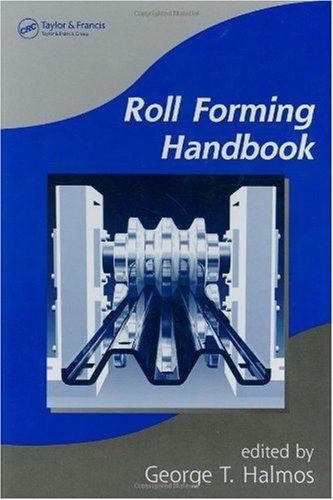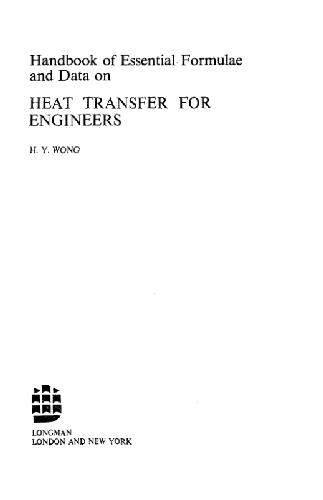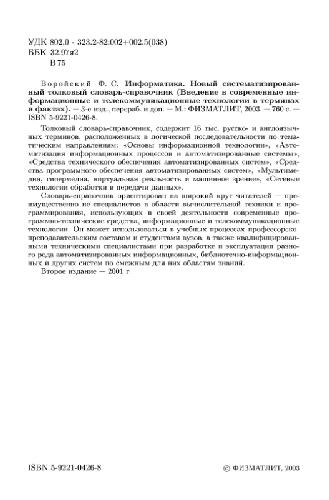George T. Halmos9780824795634, 0-8247-9563-6
Roll forming is one of the most widely used processes in the world for forming metals. Most of the existing knowledge resides in various journal articles or in the minds of those who have learned from experience. Providing a vehicle to systematically collect and share this important knowledge, the Roll Forming Handbook presents the first comprehensive, dedicated treatment to all facets of roll forming, supplying references to more in-depth information to fill in the gaps. This book spans from conception of the roll forming operation, purchasing and specifying equipment, and roll design to maintenance, troubleshooting, safety, and operator training. Detailed discussions reveal how material, equipment, tooling, and operator factors affect overall efficiency and product quality. Expert contributors share insights based on many years of hard-won experience, including effects of secondary operations such as punching, embossing, curving and cutting in the line; designing products for efficient roll forming; mechanical properties of metals, lubrication and the influence of coatings on roll design and forming; and mathematical simulations of various deformations that occur during processing to determine their causes and find a solution. Outlining a practical approach to select, set up, and operate roll forming lines, the Roll Forming Handbook combines scientific background and practical know-how that enables you to set up cost-effective and high-quality roll forming lines with confidence. |
Table of contents :
Front Cover……Page 1
Preface……Page 8
Editor……Page 10
Contributors……Page 12
Contents……Page 14
1. Introduction to Roll Forming……Page 20
2. Roll Forming Mill……Page 26
3. Presses and Die Accelerators……Page 60
4. Secondary Operations in the Roll Forming Line……Page 86
5. Roll Design……Page 150
6. Materials……Page 264
7. Lubrication……Page 290
8. Coil Processing, Material Handling, and Plant Layout……Page 314
9. Designing Products for Roll Forming……Page 358
10. Equipment Installation, Roll Setup, Maintenance, and Troubleshooting……Page 388
11. Behavior of Metal Strip During Roll Forming……Page 440
12. Acquiring Roll Forming Lines, Education, and Training……Page 474
13. Safety……Page 486
14. Increasing Efficiency of Roll Forming Lines and Case Studies……Page 502
15. Unusual, New, and Future Roll Forming Technologies……Page 514
Appendices……Page 532
References……Page 544
Index……Page 564 |







Reviews
There are no reviews yet.